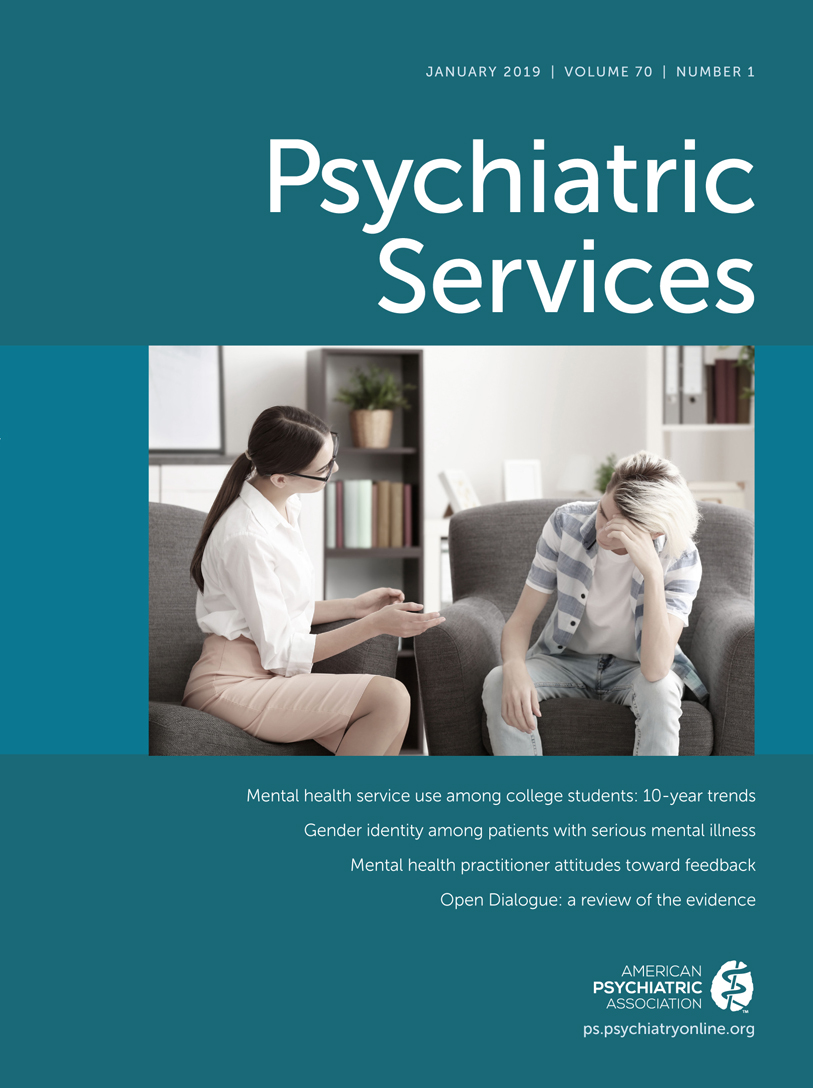Increased Rates of Mental Health Service Utilization by U.S. College Students: 10-Year Population-Level Trends (2007–2017)
Abstract
Objective:
This study aimed to document population-level trends in mental health service utilization by college students.
Methods:
The study drew on 10 years of data from the Healthy Minds Study, an annual Web-based survey, with a sample comprising 155,026 students from 196 campuses. Analyses focused on past-year mental health treatment and lifetime diagnoses of a mental health condition. Changes in symptoms of depression and suicidal ideation and levels of stigma were hypothesized as potential explanatory factors.
Results:
Rates of treatment and diagnosis increased significantly. The rate of treatment increased from 19% in 2007 to 34% by 2017, while the percentage of students with lifetime diagnoses increased from 22% to 36%. The prevalence of depression and suicidality also increased, while stigma decreased.
Conclusions:
This study provides the most comprehensive evidence to date regarding upward trends in mental health service utilization on U.S. campuses over the past 10 years. Increasing prevalence of mental health problems and decreasing stigma help to explain this trend.



